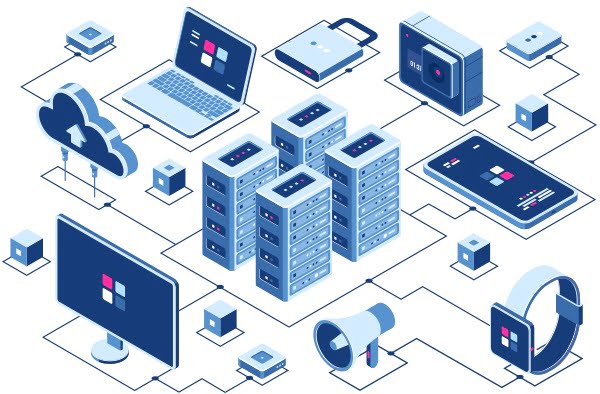Home access encompasses the various methods and technologies that enable individuals to enter and secure their residences. It’s a critical aspect of daily life, affecting both security and convenience in significant ways.
Traditional Methods: Keys and Locks
For generations, the traditional lock and key have been the standard for securing homes. This straightforward approach involves physical keys that fit into corresponding locks, providing a basic yet effective means of controlling access. While simple and reliable, traditional keys come with risks such as loss, theft, or unauthorized duplication.
Electronic Keypads and Access Codes
Electronic keypads represent a modern evolution in home access technology. These systems replace traditional keys with numeric codes that users enter to unlock doors. Each user typically has a unique code, offering convenience and security without the need for physical keys. Electronic keypads are popular in residential settings for their simplicity and ability to track access through audit trails.
Smart Locks: Convenience and Connectivity
Smart locks integrate technology with traditional locking mechanisms, allowing homeowners to control access remotely via smartphone apps. These locks offer features such as remote locking and unlocking, temporary access codes for guests, and activity logs that track who enters and exits the home. Smart locks can also be integrated with other smart home devices, enhancing overall home security and automation.
Biometric Systems: Advanced Security Measures
Biometric access systems use unique biological characteristics, such as fingerprints or facial recognition, to authenticate users. These systems offer a high level of security, as biometric data is difficult to forge or replicate. Biometric systems eliminate the need for keys or access codes, relying instead on personal attributes for entry. They are increasingly used in high-security environments and luxury homes for their reliability and convenience.
Remote Access Control: Managing Access Anywhere
Remote access control systems enable homeowners to manage and monitor home access from anywhere with an internet connection. Through smartphone apps or web portals, users can lock or unlock doors, view security camera feeds, and receive notifications about access events. Remote access control enhances security by allowing homeowners to respond promptly to security alerts or provide access to trusted individuals when they are away from home.
Video Doorbells: Integrated Security and Communication
Video doorbells combine home access control with visual communication. These devices include cameras and intercoms that allow homeowners to see and speak to visitors at their doorsteps, whether they are home or away. Video doorbells send real-time notifications to smartphones when someone rings the doorbell, providing added security and convenience by verifying visitor identities before granting access.
Keyless Entry Systems: Convenience and Flexibility
Keyless entry systems eliminate the need for physical keys by offering alternative access methods such as electronic key fobs or smartphone-enabled entry. These systems are common in rental properties and vacation homes, where managing physical keys for multiple occupants can be cumbersome. Keyless entry systems enhance convenience by allowing homeowners to grant and revoke access remotely, improving overall home security.
Integration with Smart Home Devices: Seamless Automation
Modern home access technologies often integrate with other smart home devices, creating a cohesive and automated home environment. Smart locks, for example, can be synchronized with security cameras, lights, and alarm systems to enhance overall security measures. Integration allows for coordinated responses to security events, such as automatically turning on lights when someone enters the home or triggering alarms in case of unauthorized access attempts.
Innovative Applications: Beyond Security
Beyond traditional security measures, home access technologies are evolving to offer innovative applications. For example, delivery services can be granted temporary access codes to leave packages inside homes, reducing the risk of theft. Home access systems also facilitate home healthcare services by providing secure entry for caregivers while maintaining homeowner privacy and security.
Future Trends: Advancements and Adoption
Looking ahead, home access technologies are expected to continue evolving with advancements in artificial intelligence (AI) and Internet of Things (IoT) connectivity. AI-powered systems may offer predictive capabilities, anticipating homeowner needs and adjusting access permissions accordingly. As more homeowners embrace smart home technologies, the adoption of integrated home access solutions is likely to grow, enhancing both security and convenience in residential environments











